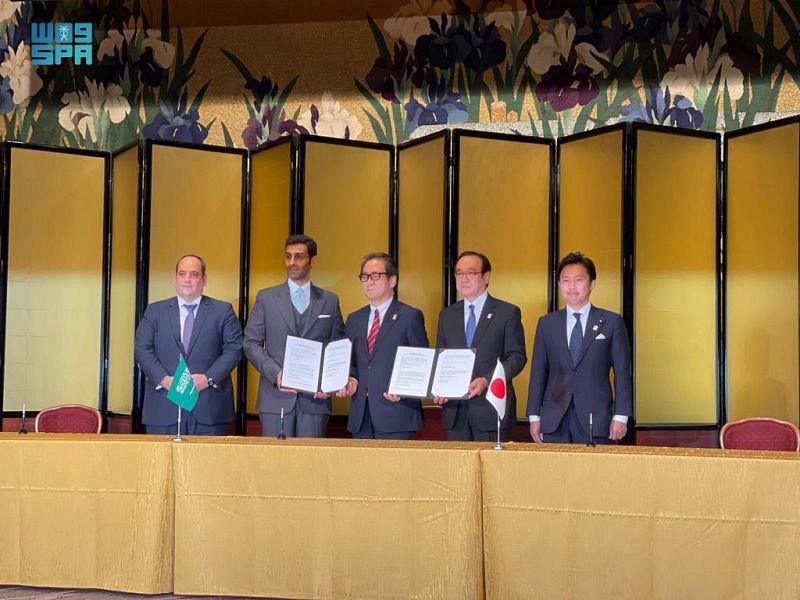
On a night when an expected challenge by the main opposition party quickly fizzled out, candidates from a tiny local party seized one seat after another in Japan’s general election, turning an economically vital region into a citadel of rightwing populism.
Nippon Ishin no Kai (Japan Innovation party) almost quadrupled its seats from 11 to 41 on Sunday to become the third largest party in the lower house of Japan’s parliament, after winning almost every seat in the western prefecture of Osaka.
While the biggest opposition group, the Constitutional Democratic party of Japan, and its allies were counting their losses, Ishin was becoming the most intriguing backstory in an otherwise lacklustre election.
By the early hours of Monday, the ruling Liberal Democratic party (LDP), despite winning the national vote, had been summarily dismissed from Osaka by the upstarts from Ishin.
Liberals and leftwingers will shudder at Ishin’s rise. But the party succeeded where their candidates had failed, exploiting disillusionment with the LDP and its junior coalition partner, Komeito, and hoovering up votes from people who could not bring themselves to vote for a five-party opposition bloc that included the socialist and communist parties.
“Nippon Ishin gathered votes from conservative voters who are frustrated with the LDP-Komeito government,” the Yomiuri Shimbun newspaper said on Monday.
A new governing coalition in which Ishin replaces Komeito as the LDP’s official parliamentary ally is unlikely, however. While Ishin shares the LDP’s enthusiasm for higher defence spending and a tougher line on China and North Korea, its opposition to income redistribution would be anathema to the prime minister, Fumio Kishida, who campaigned on promises of closing Japan’s wealth gap.
Ishin’s emergence as a force in national elections could be an uncomfortable reminder to Kishida that his party is no longer the natural home of conservative voters.
Yoichiro Sato, a professor of international relations at Ritsumeikan Asia Pacific University, said Ishin was “really sweeping the Osaka region. They’ve emerged as an important conservative bloc,” adding that its MPs would oppose Kishida’s “new capitalism” mission to boost incomes.
Yu Uchiyama, a politics professor at Tokyo University, did not rule out a political marriage of convenience between the ruling party and Ishin MPs who support changes to Japan’s “pacifist” constitution – an ideological obsession of Kishida’s mentor, the former prime minister Shinzo Abe.
“There is a lot of interest, especially in Asia, over whether Japan will try to revise its constitution, but by the look of it that won’t be possible with the (existing) ruling coalition,” Uchiyama said. “But the Japan Innovation party looks like it has captured a lot of seats, so we may be seeing some sort of constitution-related coalition, even if the possibility of constitutional revision remains low.”
Formed in 2015 by Toru Hashimoto, the controversial former mayor of Osaka, Ishin benefited from the popularity of its acting leader, Hirofumi Yoshimura, who also serves as Osaka governor.
“The thing I’m most surprised by is how well Ishin has done,” said Kenneth McElwain, a political science professor at Tokyo University. “Yoshimura developed a major national profile, which I think has also served as a tailwind for the party overall.”
Despite triggering panic-buying of iodine gargle solution last year after wrongly claiming it was effective against coronavirus, the 44-year-old Yoshimura – whom one party colleague described as a “pop idol” – won praise for his leadership and communication skills during the height of the pandemic.
Yoshimura, who has 1.1 million followers on Twitter – more than the Tokyo governor, Yuriko Koike – subscribes to traditional rightwing causes such as constitutional reform and prime ministerial visits to Yasukuni, a controversial war shrine in Tokyo.
But he is not always an exact fit for the Japanese right’s ideological template, having campaigned for a ban on hate speech towards ethnic Koreans and other minorities in Osaka.












